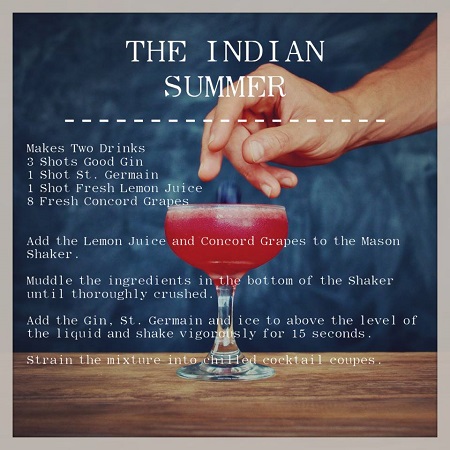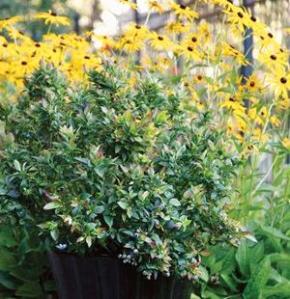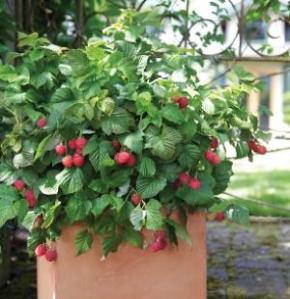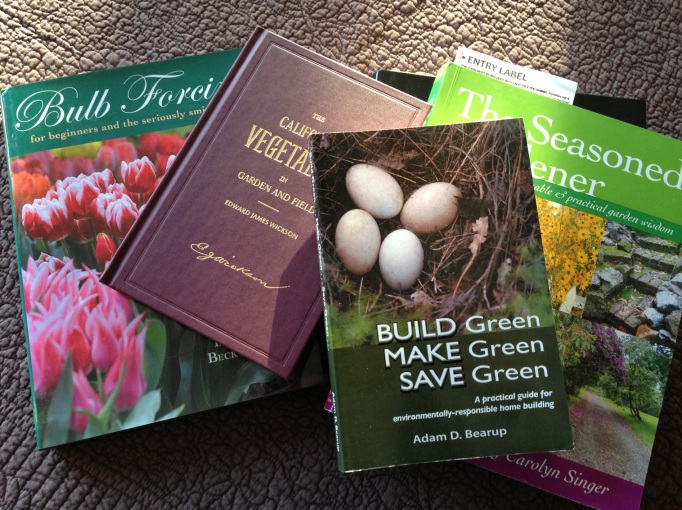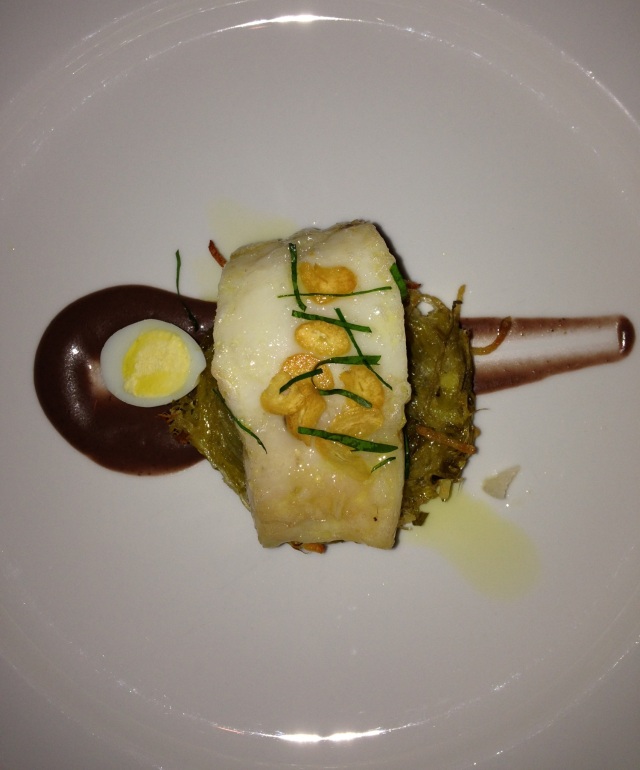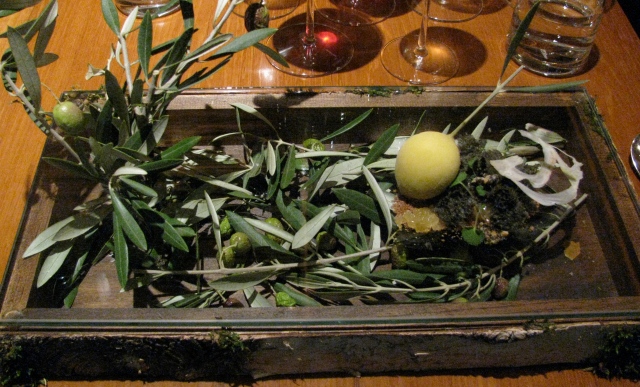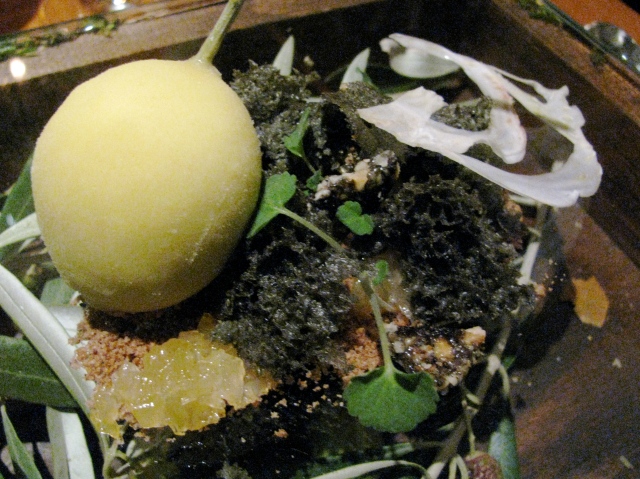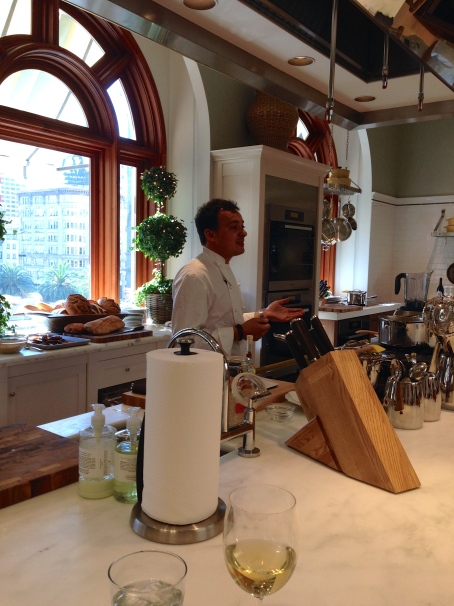
Chef Vlad orienting students before instruction began.
Recently I was invited to attend a cooking class at Williams-Sonoma‘s Union Square location on Post Street in San Francisco. There’s no question that founder Chuck Williams changed the way Americans cook today. His vision of importing French cookware to his original Sonoma shop in 1956 and selling them to home cooks revolutionized how we interpret and enjoy food.

Individual cooking stations equipped with Meile oven, induction cooktop, and an enviable amount of W-S cookware.
Just a few weeks in to this new concept, the classes really personalizes the cooking experience. They also provide attendees the opportunity to not only sit and enjoy demos from one of the resident or guest chefs, but also allow attendees to work with Williams-Sonoma products at mini kitchen stations equipped with Miele appliances. Currently, classes are held at three of their storefronts: San Francisco’s Union Square, Chicago’s Lincoln Park, and Sydney’s Bondi Junction Station.
Upon arrival, everyone gets a crisp white chef’s coat, apron, and kitchen towel. Once properly dressed, we all gathered around the expansive marble island and listened to Chef Vladimir Niza talk about our menu. Chef Vlad is in charge of the company’s culinary programs including the new curriculum and has extensive experience and education in the culinary and nutrition field. Classically trained with degrees in nutritional science, he’s the perfect balance of charismatic European chef and scientist. Chef Aaron Clarke oversees the Union Square program and is personable and knowledgeable counterpoint to Chef Vlad’s demeanor. Needless to say, I felt in good company.

Chef Vlad sprinkling fresh truffles on top of our first course, Jerusalem Artichoke Soup.
Chef Vlad prepared our first course, a puree of Jerusalem Artichokes with Truffles and Jerusalem Artichoke Chips, and demonstrated why every one that can afford a Vitamix should own one. Wow, no fine sieve required, with this baby. A silky smooth soup with a 60-second whirl.

Working at our individual station, preparing our main course.
The main course was demo-ed by Chef Vlad and after watching him prepare it, we paired up and headed to our stations. The dish, Pan-Fried Fillet of Wild Salmon with Spinach and Watercress and a Wasabi Cream, was technical enough to please those with some cooking knowledge, yet not overly challenging for those with only basic skills. Besides both chefs, there were plenty of W-S assistants on hand to check our progress and answer questions. The highlight for me? Working on a commercial-grade induction stovetop. Me want one. Badly.

My cooking partner, cookbook author and food blogger Amy Sherman, in charge of the salmon.
Really, though, how many times have you visited a high-end cookware shop, picked up a knife or pan, and not followed through with the purchase, in part, because you are unsure how effective the tool will be to you once you get home? These classes really are an opportunity to test cookware, knives, and other kitchen accouterments before purchasing. Appliance showrooms allow prospective buyers to take a $5,000 oven for a test drive, so why not try out that $100 sauté skillet before you buy? Genius. If this flies, it will snuff the showroom talk, no doubt. Yes, you might be able to purchase similar products at a slightly cheaper price elsewhere, but if it ends up sitting in a drawer, then you’re out that money either way.

Pan-Fried Fillet of Wild Salmon with Spinach and Watercress and Wasabi Cream
If all of the dishes are this carefully selected, then W-S will have no problem filling seats. The recipe was decadent and elegant without being overly fussy or technical. Impeccable ingredients were sourced locally and on par with what you would find at a nicer SF restaurant, which is another factor that really sets this program apart.

Poached Pears with Raspberry Sorbet and Almond-Cookie Crumble. Talked so much it began to melt. Still delicious!
Chef Vlad prepared dessert while we all went back to our seats to marvel at each other’s plates. We all ate very well that day.
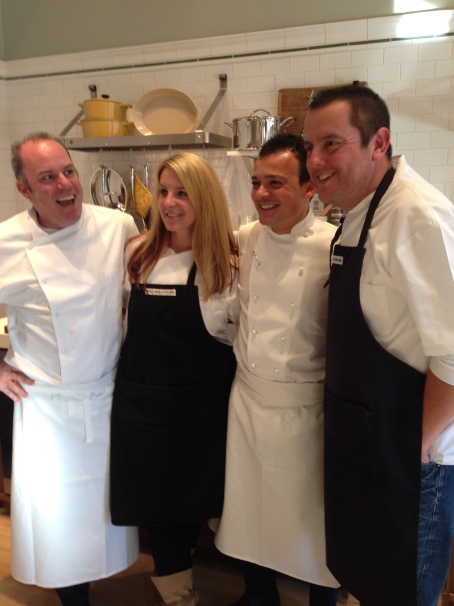
Chef Aaron, Chef Vlad, and Star (101.3) Mornings DJs Marcus D and Sandy.
Class topics range from basics like Essential Knife Skills to advanced techniques like Butchery & Cooking: Nose to Tail. Classes also vary in length, theme, and season. Check out the calendar here. You can sign up for a two-hour DIY Workshop or enroll in a 5-day intensive.

Chef Aaron putting the finishing touches on the soup.
Williams-Sonoma was kind enough to forward the soup recipe. Enjoy!
Jerusalem artichoke soup
Jerusalem artichokes are wonderfully nutritious and versatile. This simple soup is the perfect way to enjoy them on a cold day. Serves 6.
Ingredients:
1 lb. Jerusalem Artichokes, peeled and chopped
1 Medium onion, peeled and finely chopped
1 Tbsp. Unsalted butter
1 Tbsp. Peanut oil
1 quart whole milk
salt, pepper
Method:
On a low heat, sweat the onion for 5 minutes in the butter and peanut oil. Add the artichoke, sweat for a further 3 minutes. Cover with milk then simmer gently for 20 minutes. When cooked, the artichokes should be totally soft. Puree in a blender until fine. Add a little more milk if the soup is too thick and season to taste.
Serve with a little chopped parsley and croutons. Or, add a small amount of finely chopped truffles, drizzle with truffle oil, and garnish with a few deep-fried Jerusalem artichoke chips.











